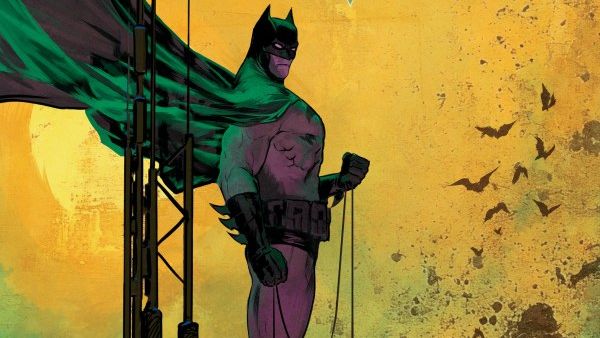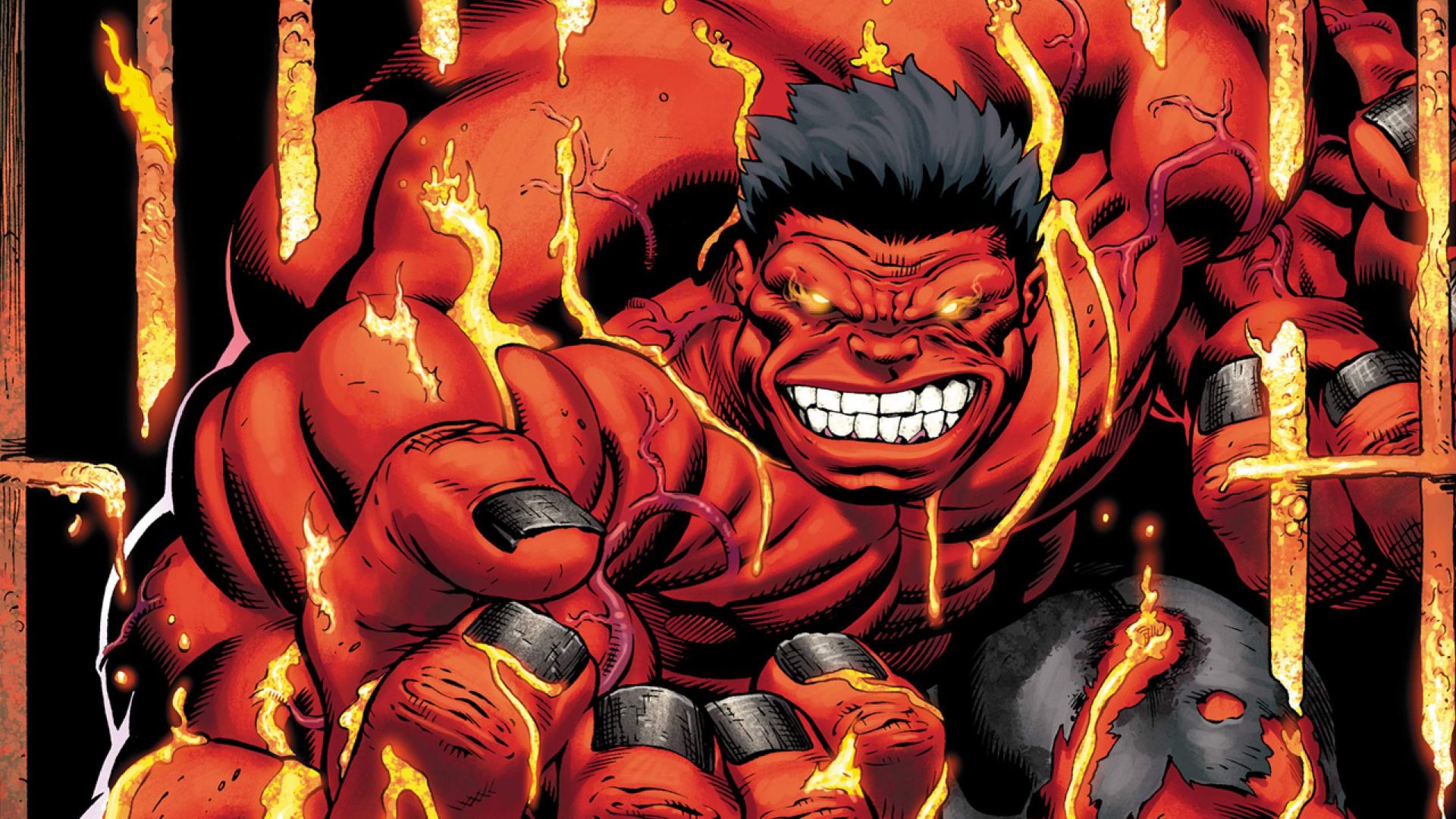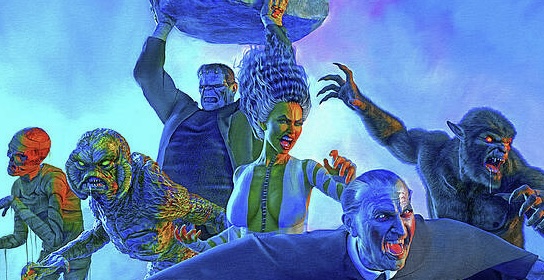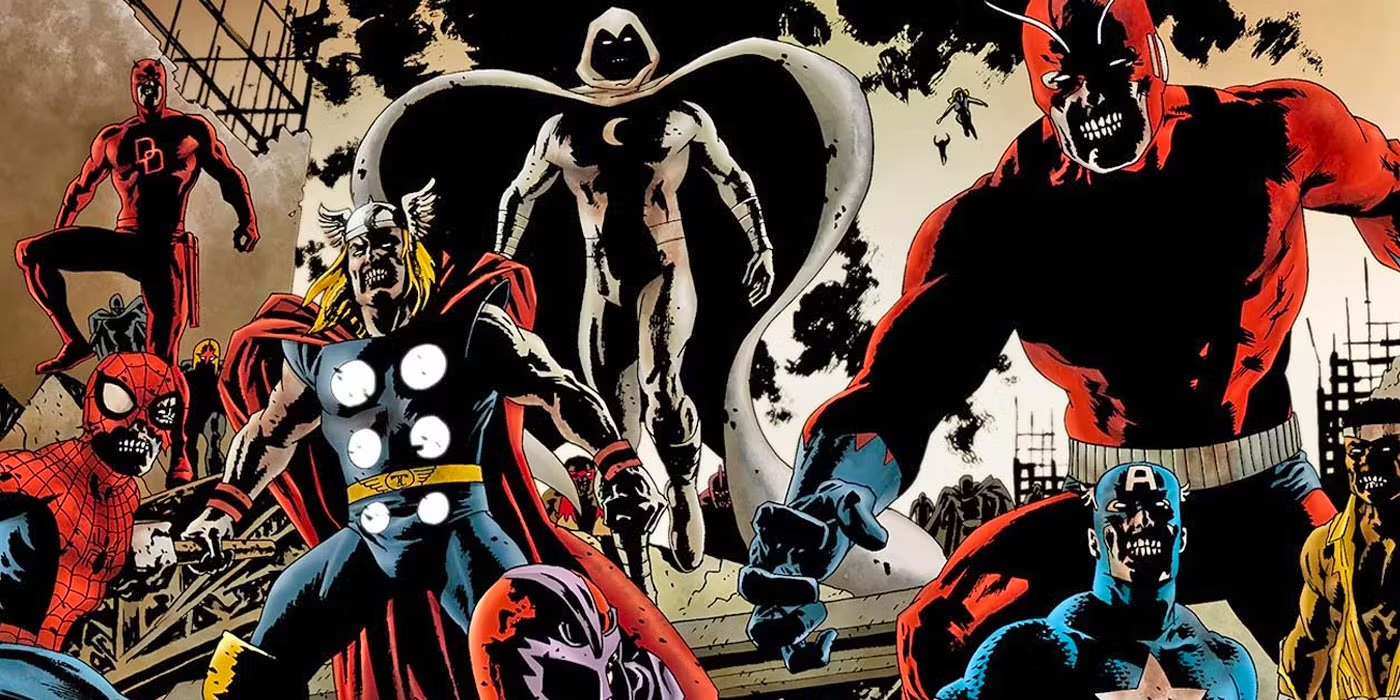After an underwhelming debut arc in Detective Comics under Tom Taylor, the series returns with issue #1097—and this time, it brings with it a renewed sense of focus and a refreshing change in perspective. With Batman stepping into the shadows and Harvey Bullock taking center stage, the creative team pivots the tone of the series toward something far more grounded, intimate, and compelling: classic noir storytelling.

This issue marks the continuation of the “Elixir” storyline, but instead of diving deeper into Gotham’s twisted supervillain underworld, Taylor wisely pulls the lens back. Here, the horrors aren’t committed by masked lunatics but by men in uniform and institutions that rot from the inside out. That grim backdrop sets the perfect stage for Harvey Bullock—a character who has always existed in the grey—to step into the spotlight.
Bullock, no longer a detective for the GCPD, now works as a private investigator. The change in profession suits him—and the story. Taylor’s writing leans into the hallmarks of hard-boiled detective fiction: morally compromised characters, haunted pasts, and a mystery that pulls its lead into a web of danger and deceit. It’s a fitting direction for Bullock, a character who’s always been one trench coat away from stepping out of a Raymond Chandler novel.
Taylor smartly deepens Bullock’s character by revisiting a case from his rookie days. This flashback, while brief, is a standout moment in the issue. It shows Bullock not as the grizzled cynic fans have come to know, but as a passionate, if naïve, young cop caught up in something far bigger than he can handle. Witnessing a live murder in progress, Bullock mistakenly assumes the killers were fellow cops investigating a crime rather than committing one. It’s a chilling moment that lays the groundwork for his disillusionment—and his moral ambiguity.

In the present, Bullock’s investigation is personal. The Elixir organization’s brutal slaying of ten youths has awakened ghosts from his past. His choice to take the case from Batman signals a shift in power dynamics, too—Bullock isn’t just a pawn in Gotham’s usual hero-villain chessboard; he’s carving his own path, complete with his own web of shady informants and underworld ties.
Among those informants is Sully, Bullock’s former mentor and a disgraced officer who once paid him to forget the murder he witnessed as a rookie. Their strained relationship brings a heavy dose of realism and tension to the narrative. Sully isn’t a cartoon villain—he’s a product of a broken system, and his continued involvement in Bullock’s life paints a compelling picture of how corruption endures even after formal punishment.
While Taylor’s script is more focused and grounded this time around, it’s the artwork by guest artist Lee Garbett and colorist Lee Loughridge that elevates Detective Comics #1097 into must-read territory.
Garbett’s work is detailed, expressive, and cinematic. His characters are realistic without being stiff, and his panel layouts subtly echo noir aesthetics: shadows stretch long, light sources glow like gaslamps, and every alley feels soaked in menace. Garbett’s style leans more toward dramatic realism than superhero bombast, which is exactly what this story needs.

Lee Loughridge’s colors are equally integral. He uses warm hues in flashbacks to give them an almost sepia-toned nostalgia, contrasting sharply with the cooler, more sinister palette of the present day. This juxtaposition not only enhances the storytelling but also anchors the reader emotionally. You feel when things shift, when optimism fades into regret, and when memory becomes nightmare.
There’s also a wonderful use of classic noir imagery: fedoras, cigarette smoke, backlit windows, and femme fatale silhouettes. Bullock’s world looks like it’s been ripped from a 1940s crime serial—but in the best way possible. It’s not cosplay; it’s homage with teeth.
Despite its many strengths, Detective Comics #1097 doesn’t reveal much new about the Elixir organization. Readers who followed the first arc will notice inconsistencies: the previous storyline showed Elixir using murdered youths to create rejuvenation drugs for the rich, while this issue depicts corrupt officers dissecting a 112-year-old man without a clear link. Is this part of the same drug research? Or something darker still?
This narrative gap is perhaps the issue’s biggest weakness, though it doesn’t derail the experience. It seems likely that Taylor is saving the fuller explanation for future issues, and if the story maintains this current momentum, readers may be content to wait.

The brief return of Batman at the end—showing up just as the issue closes—is a reminder that while this is Detective Comics, the caped crusader doesn’t always have to be the one doing the detecting. If Taylor continues letting Bullock drive the narrative, and uses Batman sparingly as a looming presence rather than a constant participant, this could shape up to be one of the more compelling arcs in recent memory.
Detective Comics #1097 is a significant course correction for the title. By leaning into noir and focusing on a character as flawed and compelling as Harvey Bullock, Taylor and Garbett deliver a slow-burn mystery that feels grounded, dangerous, and emotionally resonant. It’s a crime story, yes—but also a character study, and one that treats Gotham’s street-level stories with the weight they deserve.
With stunning visuals, strong atmosphere, and a protagonist you can’t help but root for—even when he’s crossing lines—this issue is a solid reminder that Detective Comics isn’t just about Batman. Sometimes, the most interesting investigations come from the shadows he leaves behind.




